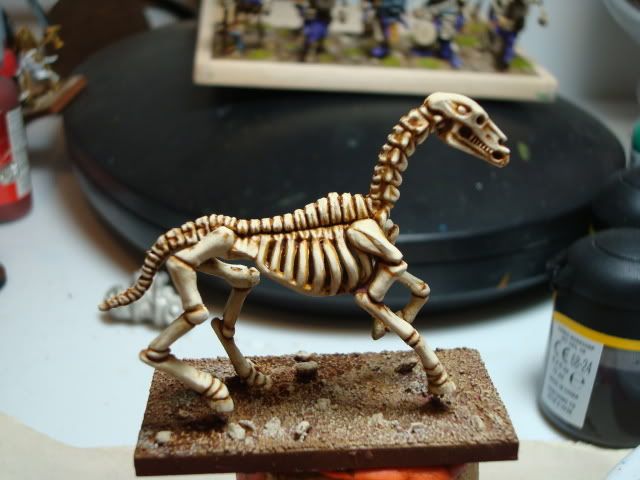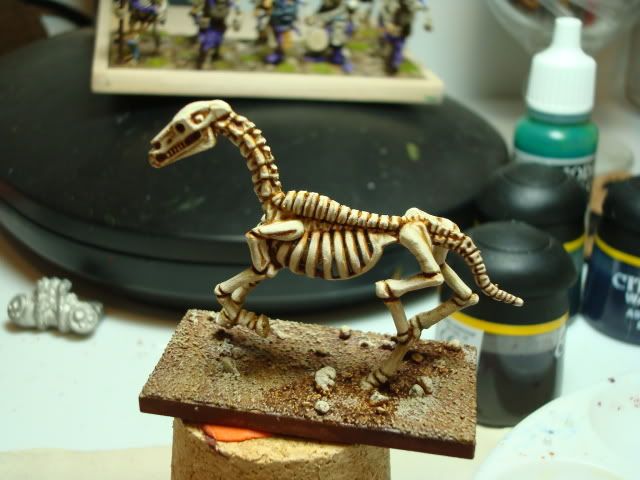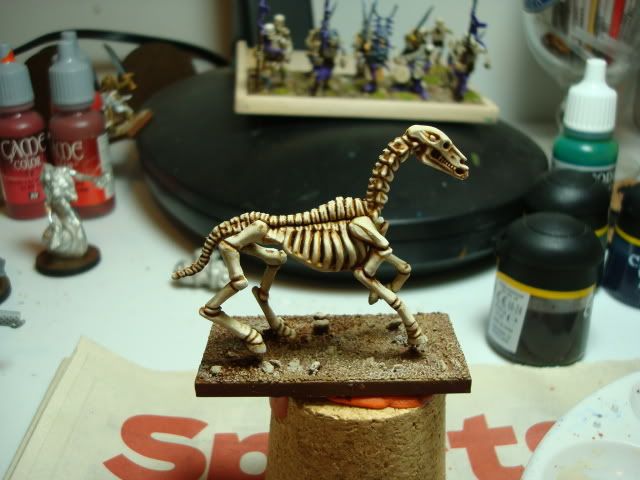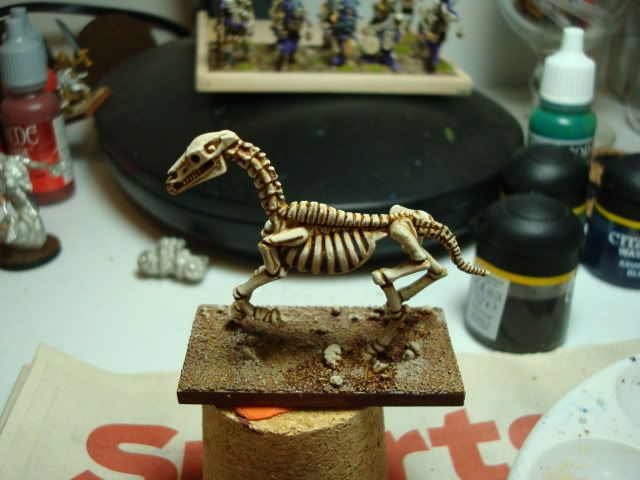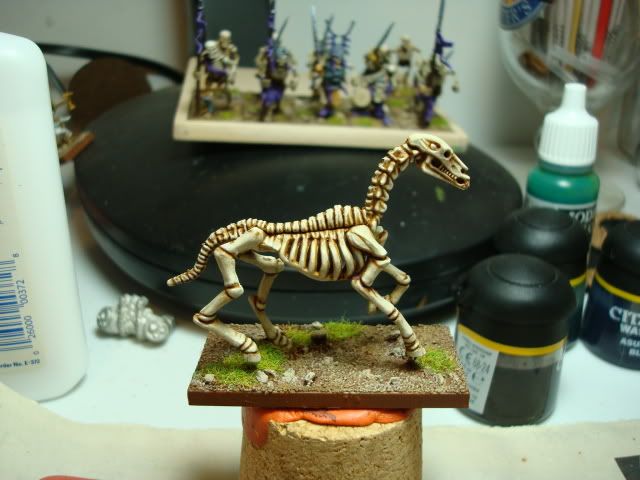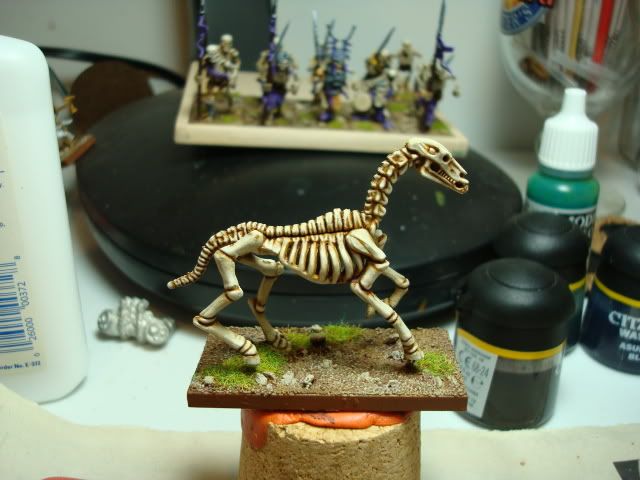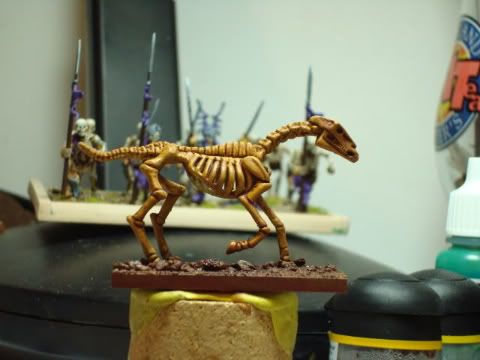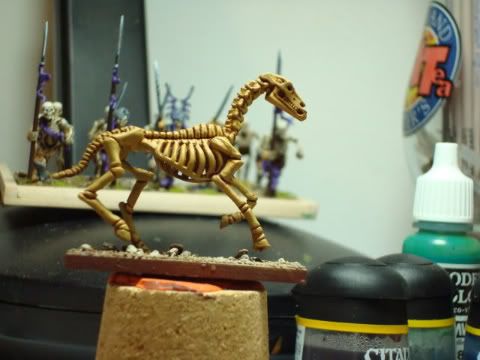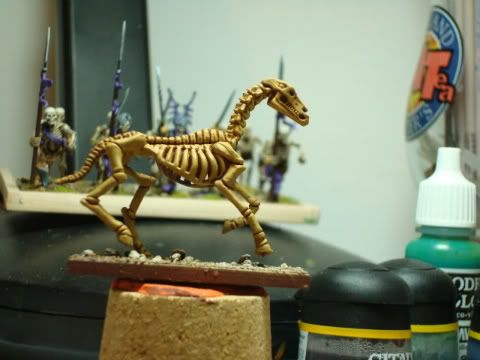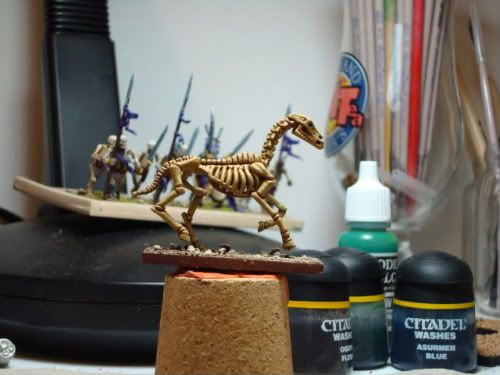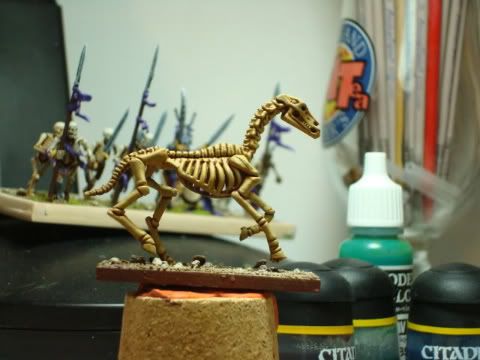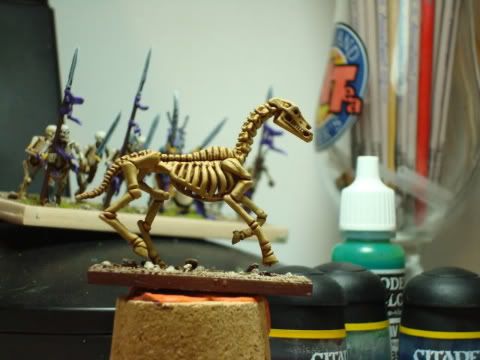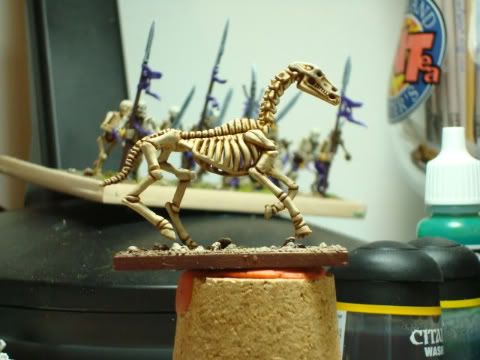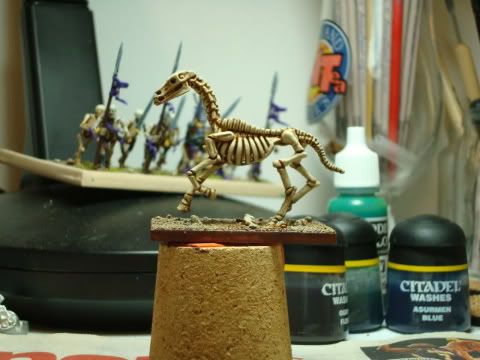A group of friends and I went to a partners tournament a few years ago in northern Wisconsin. Overall, the tournament was well run and the players in general were a nice group who I would eagerly play again. The thing though that stands out about this event was what happened at the end of the tournament when awards were given out.
While I forget the exact award, my partner and I were declared the winner of one. The award included a nice gift certificate that had to be redeemed that day at the store. My partner and I preceded to walkabout the store in the hopes of finding something to purchase with our new found “wealth”. As we explored the overstocked isles of closest filling materials, we heard the TO announce that a change was being made to the results and that my partner and I would not receive the award we had been bestowed. Instead another team upon further “review” by the judge should have been awarded the prize.
My partner and I made a beeline to the judge to verify what we had just heard him announce. Upon questioning, the judge claimed that a math error had been made that resulted in another team not getting all the points they should have been awarded. We asked to review the raw data as it sounded odd to us, but were refused the request. The end result was us not winning anything, which is fine, and my partner, who was usually a laid back guy, swearing off the TO and gaming store for life.
Those are the facts as I remember them. On the trip back, the other team we travelled with mentioned that after the rewards they had overheard complaints about guys who were not regulars coming in and winning stuff. They also said that the team that received the award made a real stink to the owner and TO about the fact that they hadn’t won anything. With these points, I did not witness them first hand, so while I believe the folks that told me this information, I didn’t observe it myself, so I am not certain I have the exact details of what may have occurred.
My point in sharing this story is to talk a little bit about what should happen in situations like this one. When a mistake is made and it is not caught until after the conclusion of the tournament, what should be the appropriate response from the TO and what should be the expectations of the players impacted by the mistake?
When it comes to events that I am running, I always do an audit of the raw data a few days after the tournament has concluded. I like to go over the data not only for errors, but also to see if I can find any trends in what had happened. (As a side note, I strongly suggest anyone that runs an event to do the same. Not so much because you are afraid to make a mistake but because you may find it very insightful.) I have found in two instances, ones were I was manually tracking, that I made minor mistakes that caused players to shift their final standings in a tournament. In both cases, the errors did not impact who received any awards, but they were still mistakes that I needed to rectify.
In the case though that if a mistake was made that resulted in the wrong player winning an award, my standing rule is to award the correct player with the same prize, or an agreeable equivalent, while still allowing the original winner to retain their prize. It seems like the only fair thing to do that doesn’t punish either player for a mistake made by the TO. Personally, the integrity of an event is more important to me than a small hit to the pocketbook.
So while I can comfortably state what I would do in such a situation, it doesn’t mean that other TOs would do the same. Like professional sports, some TOs will make public a scoring mistake, but will declare that the original “ruling on the field” stands. Since I only attend “small” events, I am fine with this approach, but I could see how people would be upset if it happened at a “major” event. Another approach that I have seen, though only once, is for the TO to ignore the mistake, even when confronted about it. While this may seem like the worse approach, I can understand why someone might employ it.
In the end, a mistake made in the scoring of a tournament has the potential to impact everyone who participates. How such mistakes are handled will depend upon the TO and the nature of the event. While I cannot say there is an absolute right way to resolve a mistake, I do feel it is important for TOs to be prepared for such a possibility and be honest with themselves on how they feel best to handle it. A good tournament begins with an organizer knowing themselves and how they will handle a given situation.


